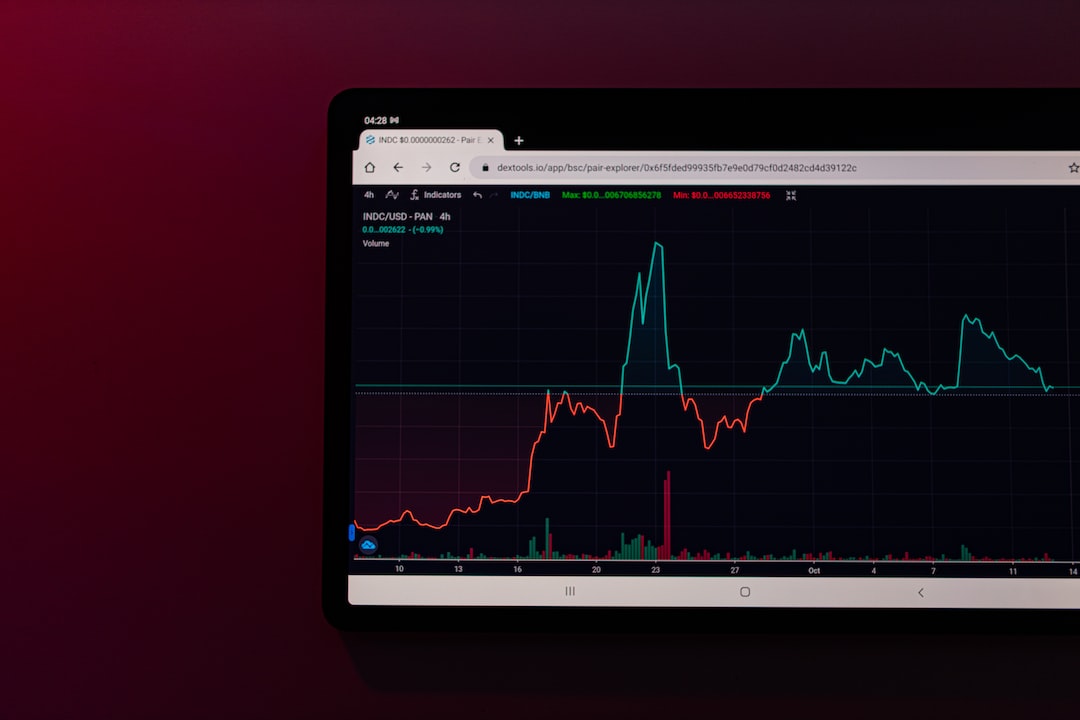Ripple Highlights the Acceleration of CBDC Research and Development
Ripple, a blockchain technology company, states that the combination of blockchain technology advancements and the decreasing use of cash worldwide have expedited the exploration and development of Central Bank Digital Currencies (CBDCs). According to Ripple’s blog post published on September 19, 2023, approximately nine out of ten central banks are currently investigating CBDC potential. Juniper Research supports this trend, predicting that CBDC payments will reach $213 billion by 2030. Furthermore, Ripple’s New Value Report reveals that over 90% of surveyed financial leaders believe digital assets like CBDCs will have a significant impact on business, finance, and society within the next three years.
Global Adoption Gaining Momentum
Ripple reports that as of June 2023, more than 114 countries, representing over 95% of the world’s GDP, are at various stages of exploring CBDCs. Eleven countries have already fully launched their digital currencies, with another 20 expected to initiate major CBDC pilots this year. China leads in this domain, with monthly digital yuan transactions surpassing $3.6 billion. Smaller nations like Palau are also considering digital currencies to support sustainability and financial inclusion.
Expanding Use Cases for Governments
According to Ripple, developing CBDCs offers several incentives aimed at improving efficiency in both domestic and international payments. These digital currencies can expedite transaction processing and provide instant transfers, which are crucial for global trade. Additionally, CBDCs can enhance financial inclusion by granting easier access to payment and credit services while reducing transaction costs and eliminating fees from intermediaries through blockchain technology.
Private Sector’s Role in Adoption
Ripple emphasizes the importance of commercial banks in driving CBDC adoption due to their understanding of end-user needs. While central banks manage the core infrastructure, the private sector plays a vital role in introducing new use cases that benefit the public. Commercial banks also facilitate interbank settlements using wholesale CBDCs and enable consumers to hold digital wallets for CBDC transactions.
Cybersecurity and Illicit Activity
Ripple highlights that integrating privacy and cybersecurity measures into CBDC design can help central banks combat illicit activities, adding an additional layer of utility to these digital currencies.
The Inevitable Future of CBDCs
Ripple concludes that CBDCs are poised to revolutionize the global banking system, as their benefits include enhanced security, stability, and improved data management. According to Ripple, the question is not whether CBDCs will transform global finance, but when.
Hot Take: The Rise of Central Bank Digital Currencies
As blockchain technology advances and cash usage declines globally, central banks are increasingly exploring the potential of Central Bank Digital Currencies (CBDCs). Ripple’s research highlights the accelerating adoption of CBDCs, with nine out of ten central banks investigating their potential. The financial industry expects CBDC payments to reach $213 billion by 2030. This shift towards digital assets is expected to have a substantial impact on business and finance within the next three years. With over 114 countries at various stages of CBDC exploration and several fully launched digital currencies, it is clear that CBDCs are set to revolutionize the global banking system in terms of efficiency, financial inclusion, and reduced costs.





 By
By
 By
By
 By
By
 By
By

 By
By